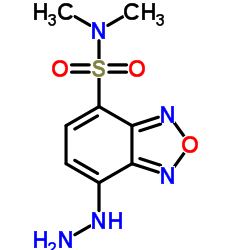| Structure | Name/CAS No. | Articles |
|---|---|---|
 |
dbd-h
CAS:131467-86-2 |
|
 |
Propionaldehyde
CAS:123-38-6 |